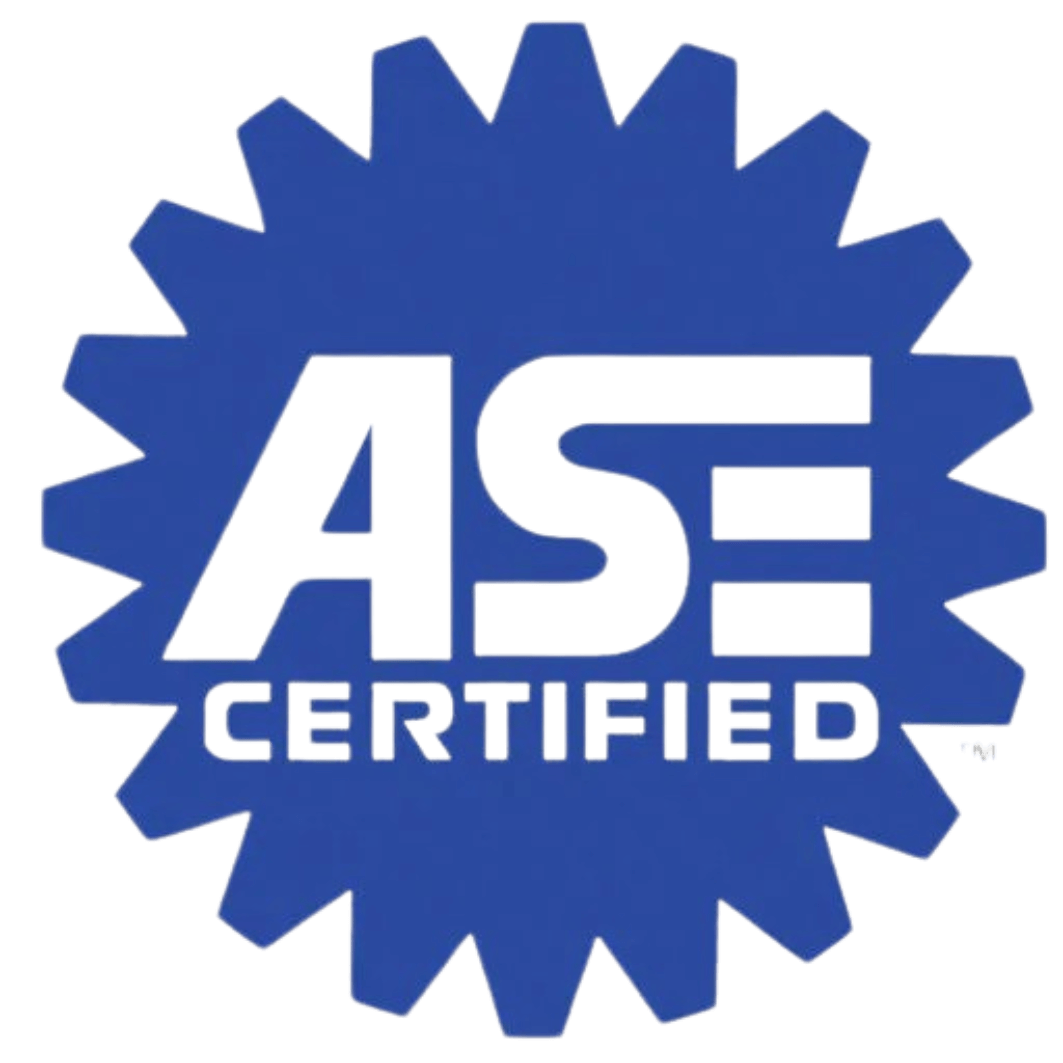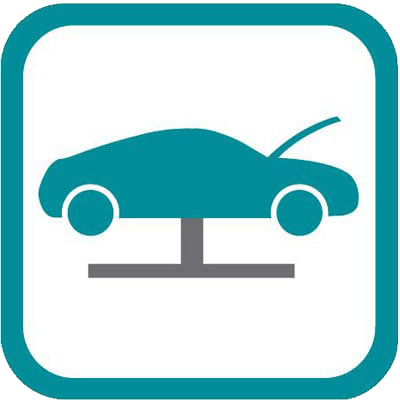To Change My Oil or Not?

Regular oil changes will save you money in the long run! Most car manufacturers now recommend oil changes between 7,500 and 10,000 miles, although some…
Expert Brake Service
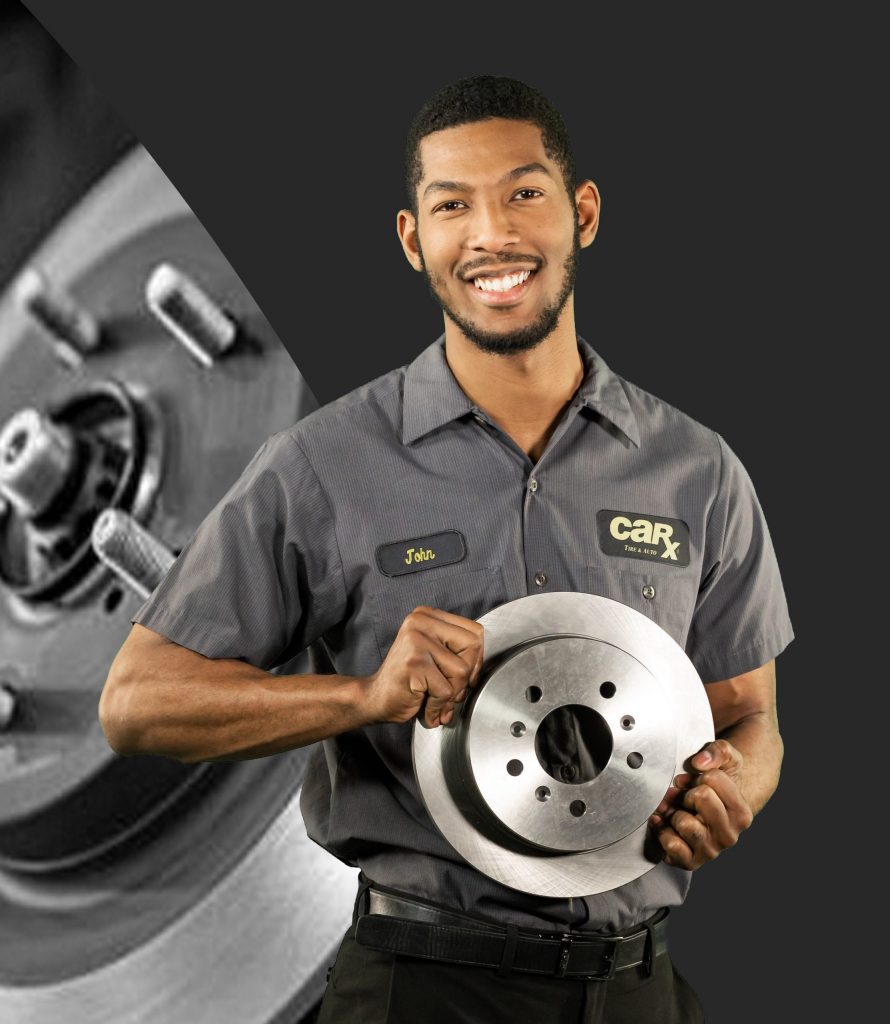
Being able to stop quickly and smoothly is essential in a car. Quality brakes that function in top condition are fundamental to a driver’s safety…
Your Teen Behind the Wheel

Teenagers are dangerous enough when they’re on solid ground. Imagine what kind of havoc they can wreak at 45 mph! To calm your (and their) nerves, follow these tips on how to prepare your teen for his summer driving. The freedom of the open road is exciting, but sometimes it can lead to reckless driving, […]
Why Are Oil Changes Important?
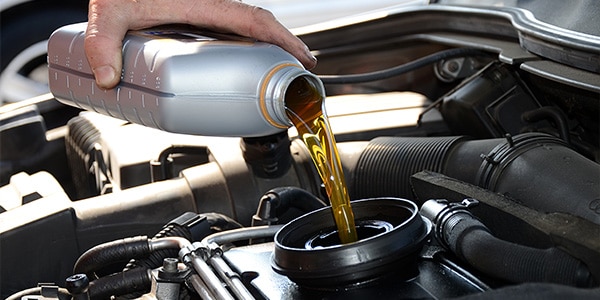
Even the most inexperienced driver knows that engines have a lot of moving parts. If not properly lubricated, these moving parts begin to wear down as friction increases. A driver that does not have his oil changed on a regular basis may damage vital engine parts. In fact, the number one reason for engine failure […]
What To Do If Your “Check Engine” Light Turns On
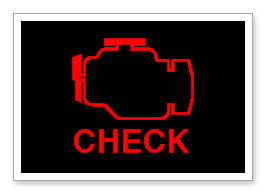
We all know how pesky the Check Engine light on your dashboard can be. It is inconvenient and troublesome to take your car in to get this checked. There are a few common triggers for the Check Engine light that all drivers should be aware of. Check Engine lights can be complicated to repair – […]
The Kindness of Strangers
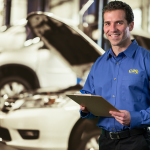
We are proud to share the following letter from customer, Atlas Laster, about an experience he had at the Kirkwood, Missouri Car-X location.
Find my Young Driver – New Tracking Technology and Possible Privacy Concerns

Have you ever wished you could control how fast your teen drives? Or could find out where they are REALLY going when they say they’re “going to a friend’s”? As automobile technology continues to advance, these types of features are appearing more and more in new vehicles. There are a few different systems, but they […]
Car Seat Safety
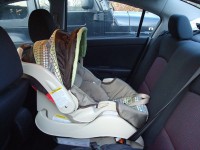
Our children are our most valuable passengers, and require more care and precaution to ensure their safety. Unfortunately, 84% of child restraint systems are misused or installed incorrectly. Suggestions for: Children of all ages •Children under the age of 13 should ride in the backseat. •Your child’s weight, height, and age should be used to […]
Des Moines Car-X Tire & Auto Dealer wins Dealer of the Year
Des Moines, IA May 02, 2011 – Car-X Service Systems of Chicago recently announced that Mark and Julie Goldner have been named 2010 Regional Dealers of the Year. The Goldner’s own and operate the five Car-X Auto Service Centers in Des Moines and Ames. This is the 3nd year in a row that they have […]

